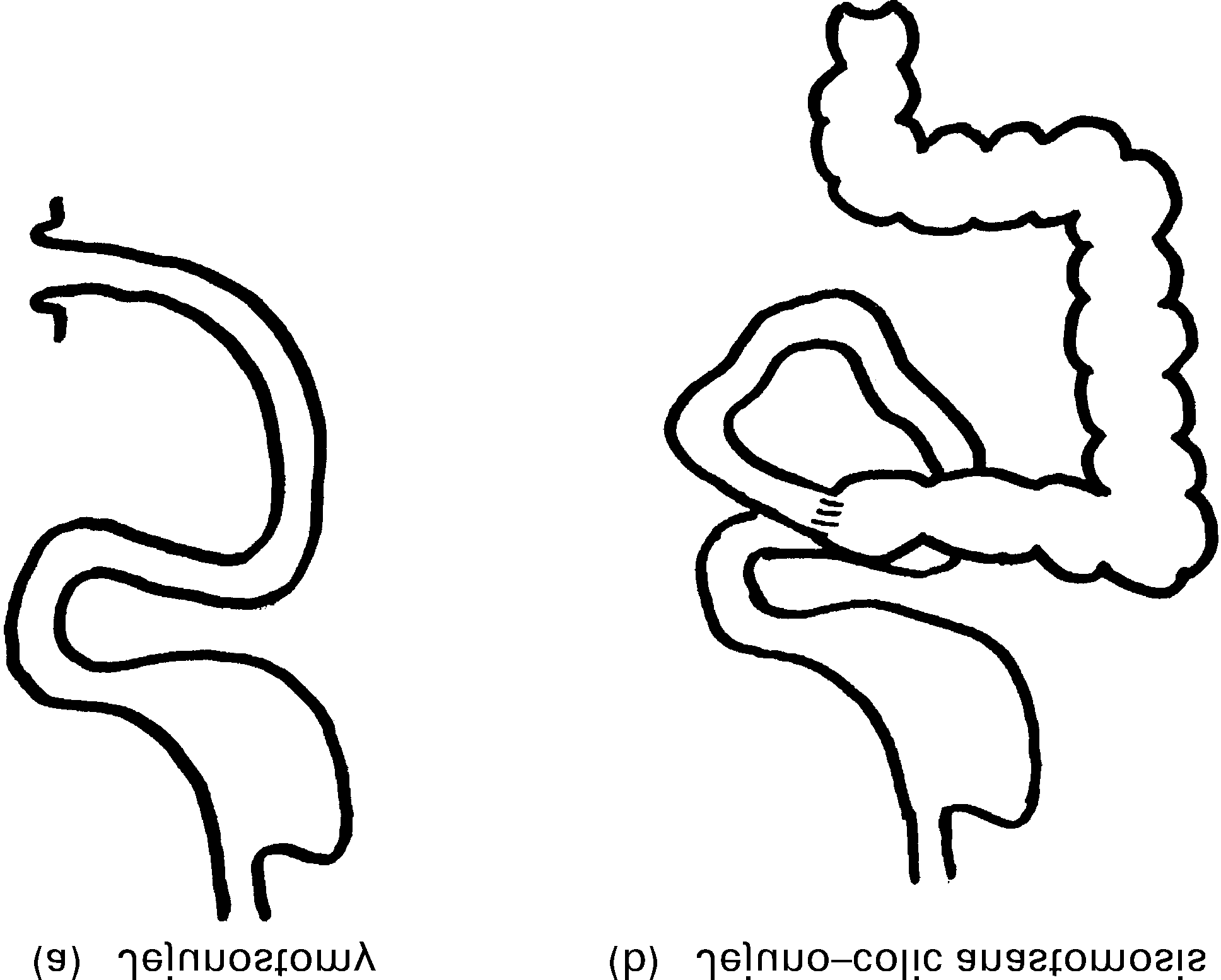cornily.com
Inventory Listing for "Itch". Click on the "Buy Now" link to purchase an item. • Lot of 198 Trial-Size Neosporin Eczema Anti Itch and Daily Moisturizing Cream ($9.99) - • Antifungal Cream Miconazole Nitrate 2% Antifungal for athlete's Foot & Jock Itch ($9.99• Numark NS6 4-Channel Digital DJ Controller and Mixer w/ Serato Itch Software ($405.00) - • Rare Vintage Ny
 Methods for reducing the severity of chronic intestinal
Methods for reducing the severity of chronic intestinal